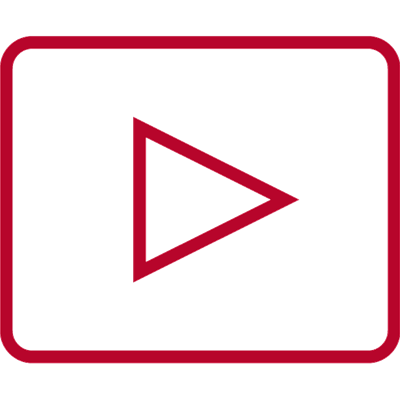Mailing Address:
P.O. Box 8719
Missoula, MT 59807
U.S.A.
Shipping Address:
329 East Pine St
Missoula, MT 59802
U.S.A.
Toll-Free Telephone: 1-800-423-8659
Telephone: 406-728-2522
Fax: 406-728-9332
Email: mortan@morganlens.com
Hours
Monday - Thursday
7:30 AM - 4:00 PM MT
Friday
8:00 - 1:00 PM MT


